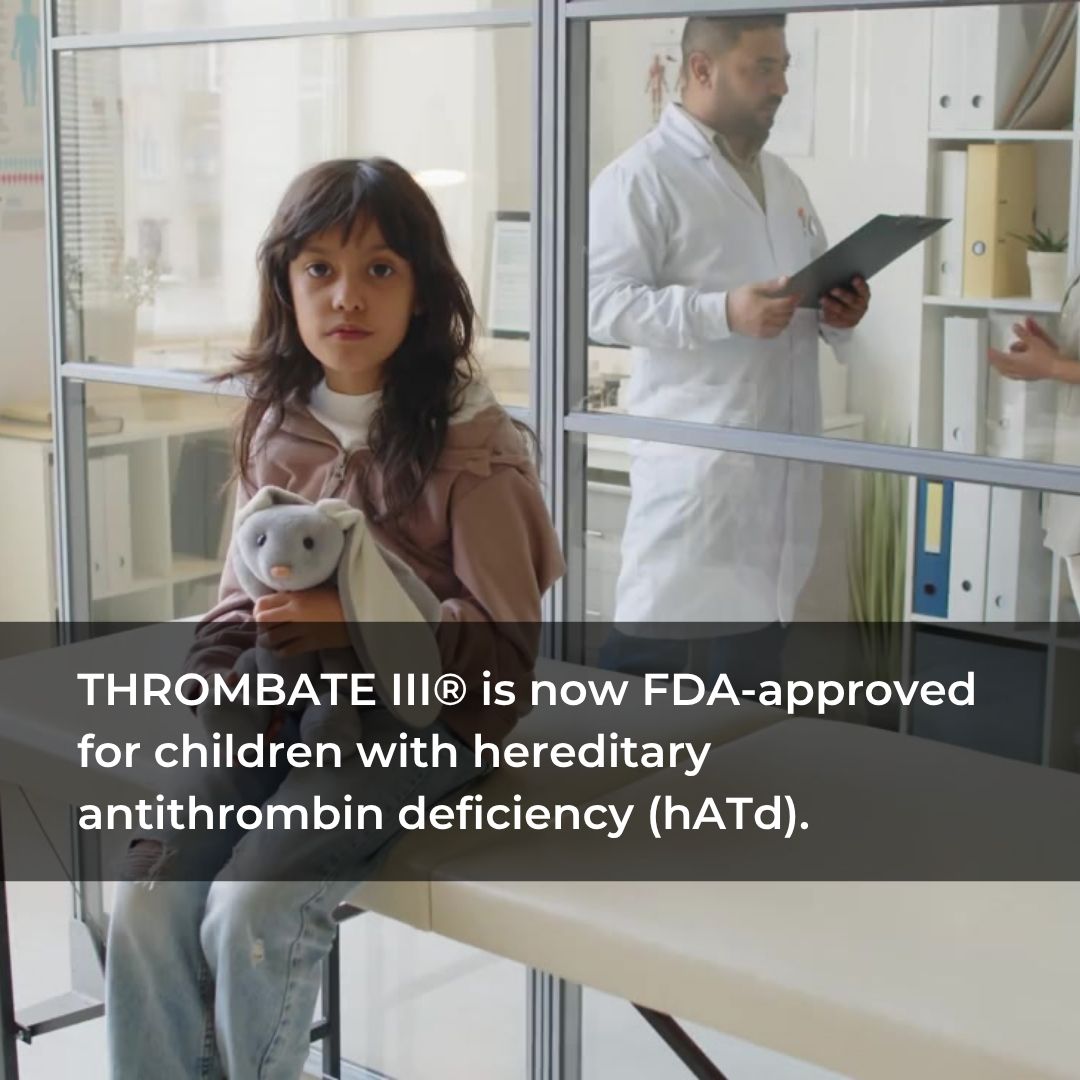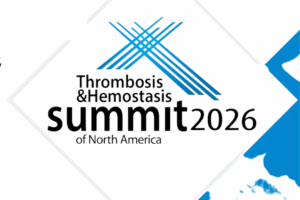Grifols announced yesterday that the U.S. Food and Drug Administration (FDA) has expanded approval of THROMBATE III® to include children with hereditary antithrombin deficiency (hATd), a rare genetic condition that greatly increases the risk of dangerous blood clots.
THROMBATE III has been used to treat adults with hATd since 1991. With this new approval, it becomes the first and only antithrombin replacement product approved for both adults and children with hATd.
Why This Approval Matters
hATd often goes undiagnosed and may affect up to 700,000 people in the U.S. Without appropriate treatment or preventative care, people with this condition have a high lifetime risk of developing a blood clot, many experiencing their first clot by age 50.
Until now, the lack of a pediatric indication created uncertainty for families and clinicians caring for children with hATd. This expanded approval:
- Closes a long-standing treatment gap
- Provides more clarity and confidence in pediatric management
- Offer families an important option to prevent serious clotting complications during high-risk situations
Expert Insight
“This label expansion helps close a long-standing gap in the treatment of pediatric patients with hereditary antithrombin deficiency,” said George M. Rodgers, III, MD, Ph.D., Professor of Medicine in the Division of Hematology and Hematologic Malignancies at the University of Utah School of Medicine.
Dr. Rodgers is a leading expert in antithrombin deficiency. His article, “Antithrombin Therapy: Current State and Future Outlook,” was published in Clinical and Applied Thrombosis/Hemostasis in 2023. Last year, he joined NBCA’s Journal Club to discuss his research and the evolving treatment landscape.
Watch the Journal Club recording here.







